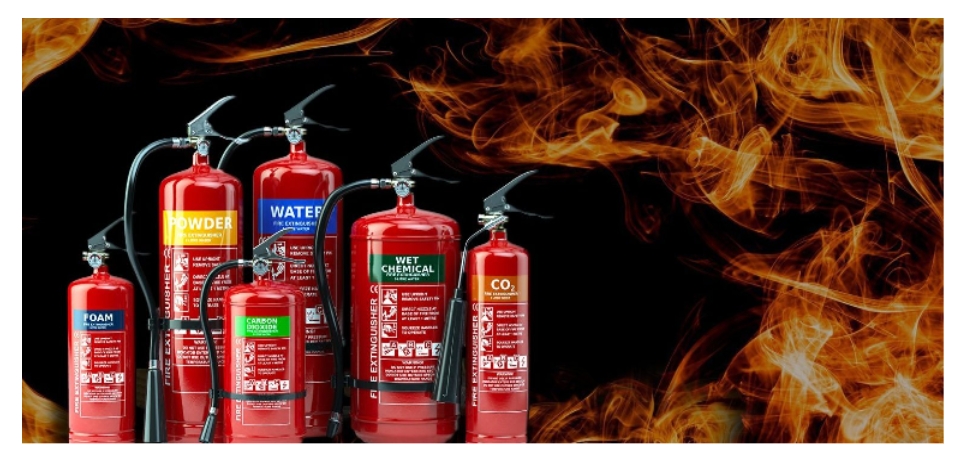Fire safety is a critical responsibility for landlords, ensuring the protection of tenants and property. Adhering to fire safety standards not only complies with legal requirements but also fosters a safe living environment. This comprehensive overview will explore the key fire safety standards that landlords must follow, detailing important aspects such as Fire Risk Assessment, smoke alarms, escape routes, and regular maintenance.
Fire Risk Assessments
Fire risk assessments are the cornerstone of effective fire safety management. Landlords must conduct thorough assessments to identify potential fire hazards and implement measures to mitigate them. This involves inspecting the property to pinpoint sources of ignition, fuel, and oxygen that could contribute to a fire. Common risks include faulty electrical appliances, flammable materials, and blocked escape routes.
The assessment process should also evaluate the effectiveness of existing fire safety measures. Landlords need to ensure that fire alarms, extinguishers, and emergency lighting are properly installed and maintained. Moreover, it’s crucial to review the fire safety plan regularly, updating it as necessary to address any changes in the property or occupancy.
Installation and Maintenance of Smoke Alarms
Smoke alarms are vital for early fire detection and warning. Landlords are required by law to install smoke alarms on every floor of the property. These alarms should be strategically placed, especially in areas such as bedrooms, hallways, and living rooms, to maximize their effectiveness.
Regular maintenance of smoke alarms is essential to ensure their functionality. Landlords should test alarms monthly, replace batteries annually, and replace the entire unit every ten years. It’s also important to educate tenants on the importance of smoke alarms and how to maintain them, fostering a cooperative approach to fire safety.
Provision of Escape Routes
Clear and accessible escape routes are crucial in the event of a fire. Landlords must ensure that all tenants can easily exit the building and reach a safe location. This involves identifying primary and secondary escape routes, such as staircases and emergency exits, and keeping them unobstructed at all times.
Landlords should also install emergency lighting along escape routes to guide tenants during an evacuation. Regular drills and practice sessions can familiarize tenants with the escape plan, reducing panic and confusion during an actual emergency. It’s essential to provide clear instructions and signage to assist tenants in identifying and using escape routes effectively.
Fire Doors and Compartmentation
Fire doors play a significant role in preventing the spread of fire and smoke. Landlords must install fire doors in critical areas such as stairwells, corridors, and between different sections of the building. These doors should be kept closed and maintained in good condition, with regular inspections to ensure they function correctly.
Compartmentation is another important aspect of fire safety. It involves dividing the building into sections to contain a fire within a limited area, slowing its spread and allowing more time for evacuation. Landlords should ensure that walls, floors, and ceilings between compartments are fire-resistant, providing an additional layer of protection for tenants.
Provision of Fire Extinguishers
Fire extinguishers are essential tools for tackling small fires before they escalate. Landlords should provide appropriate extinguishers throughout the property, considering the types of fires that may occur. Common types include water, foam, CO2, and powder extinguishers, each suited for different fire classes.
Regular maintenance and inspections of fire extinguishers are necessary to ensure their effectiveness. Landlords should check the pressure gauge, inspect for damage, and replace extinguishers that have expired or been used. Additionally, it’s important to educate tenants on how to use fire extinguishers safely and effectively.
Fire Safety Information and Training
Educating tenants about fire safety is a crucial component of a comprehensive fire safety strategy. Landlords should provide clear and accessible information on fire prevention, detection, and evacuation procedures. This can be achieved through written materials, posters, and verbal instructions during tenant orientation.
Regular fire safety training sessions can further enhance tenants’ understanding and preparedness. Landlords should cover topics such as the proper use of fire extinguishers, identifying escape routes, and responding to fire alarms. Encouraging tenants to participate in fire drills and practice evacuations can significantly improve their ability to react swiftly and safely in an emergency.
Regular Inspections and Maintenance
Ongoing inspections and maintenance are vital to sustaining effective fire safety measures. Landlords should schedule regular checks of all fire safety equipment, including alarms, extinguishers, emergency lighting, and fire doors. Any issues identified during inspections should be promptly addressed to ensure continuous protection.
Additionally, landlords must keep accurate records of all fire safety activities, including risk assessments, equipment maintenance, and tenant training sessions. These records can serve as evidence of compliance with legal requirements and provide valuable information for future safety planning.
Legal Compliance and Penalties
Landlords have a legal obligation to comply with fire safety standards, as outlined in various regulations and building codes. Non-compliance can result in severe penalties, including fines, imprisonment, and liability for damages in the event of a fire. It’s crucial for landlords to stay informed about current fire safety laws and ensure that their properties meet all necessary requirements.
Engaging with fire safety professionals can help landlords navigate complex regulations and implement effective safety measures. Fire safety consultants can conduct detailed risk assessments, provide expert advice, and assist with the installation and maintenance of fire safety equipment. This professional support can significantly enhance the overall safety of rental properties.
Conclusion
Ensuring fire safety is a fundamental responsibility for landlords, safeguarding both tenants and property, supported by London Property Inspections. By conducting thorough fire risk assessments, installing and maintaining smoke alarms, providing clear escape routes, and educating tenants, landlords can create a secure living environment. Regular inspections and adherence to legal requirements further reinforce fire safety measures, preventing potential disasters and fostering tenant trust. Ultimately, a proactive and comprehensive approach to fire safety not only fulfills legal obligations but also demonstrates a commitment to the well-being of all residents, If you want to stay updated with posts like this, please follow us on ZOLTRAKK.




